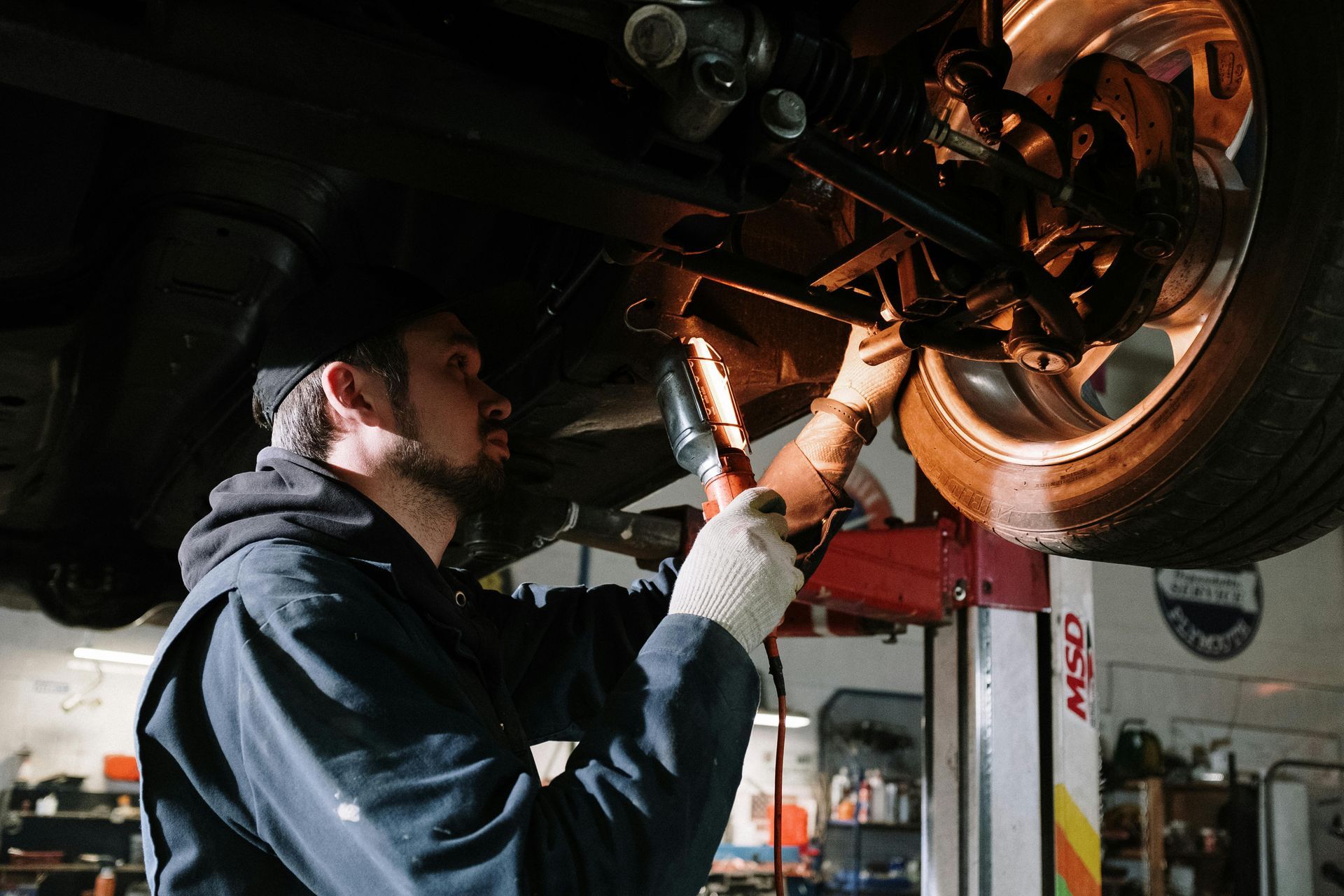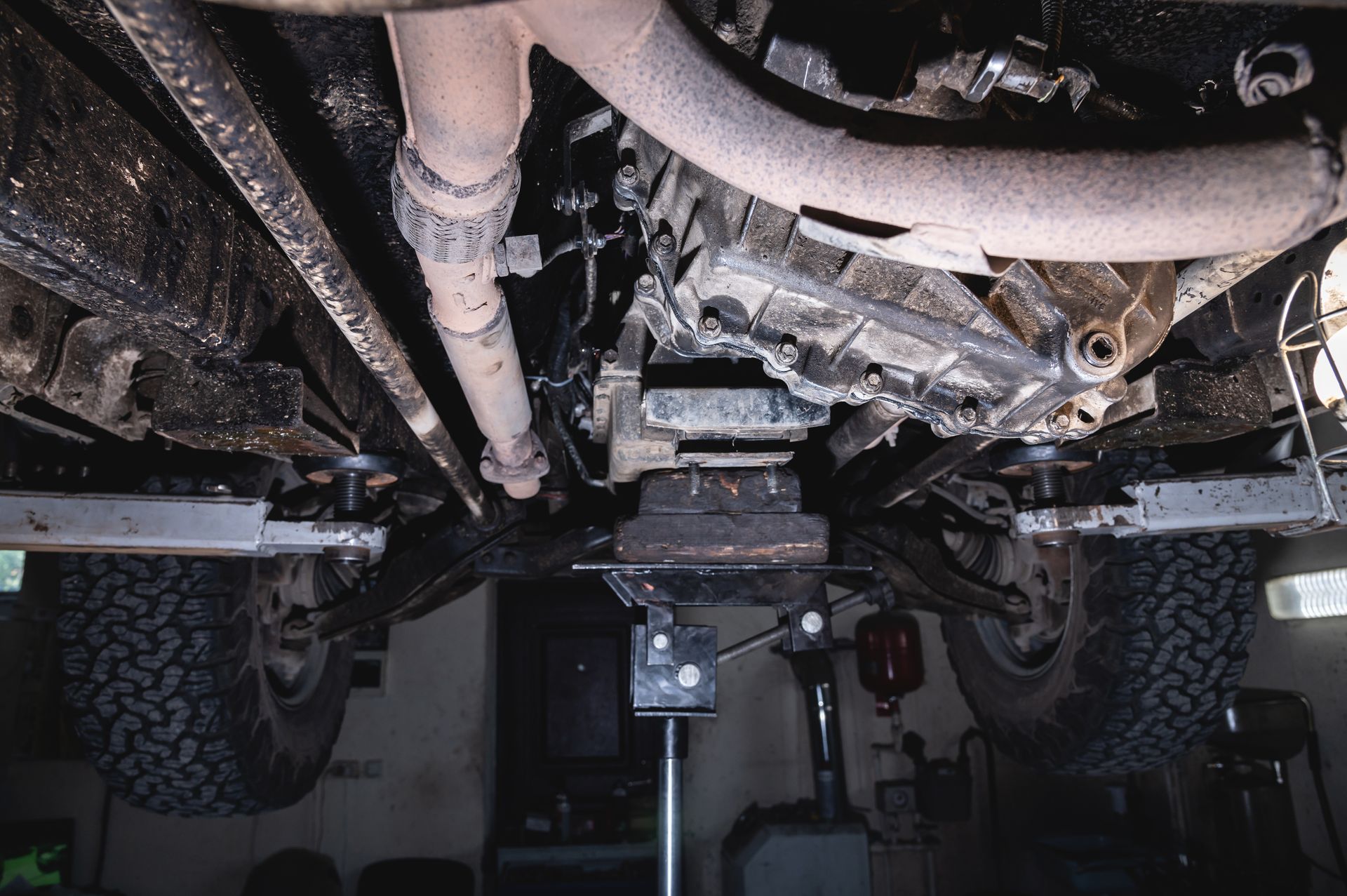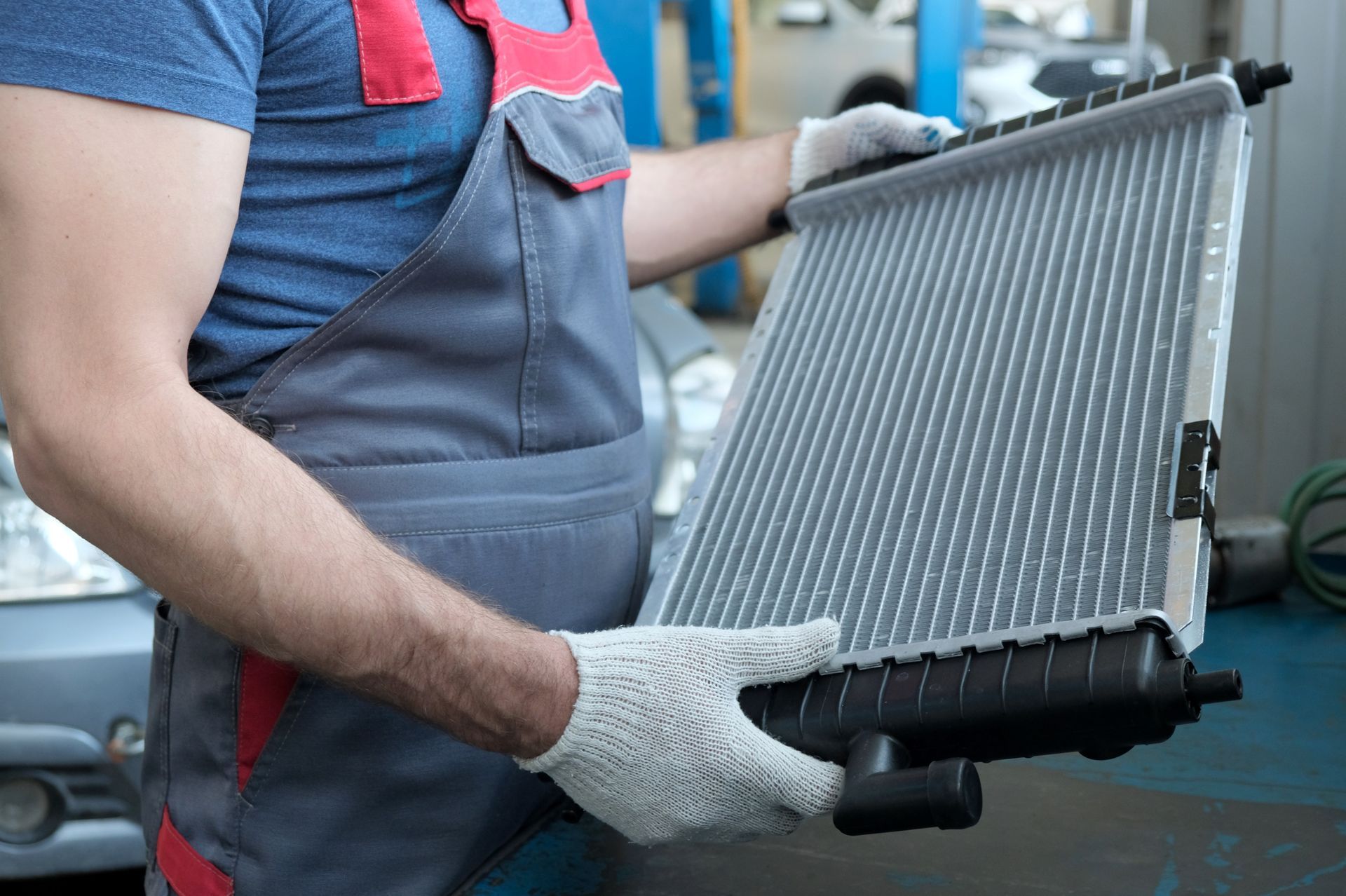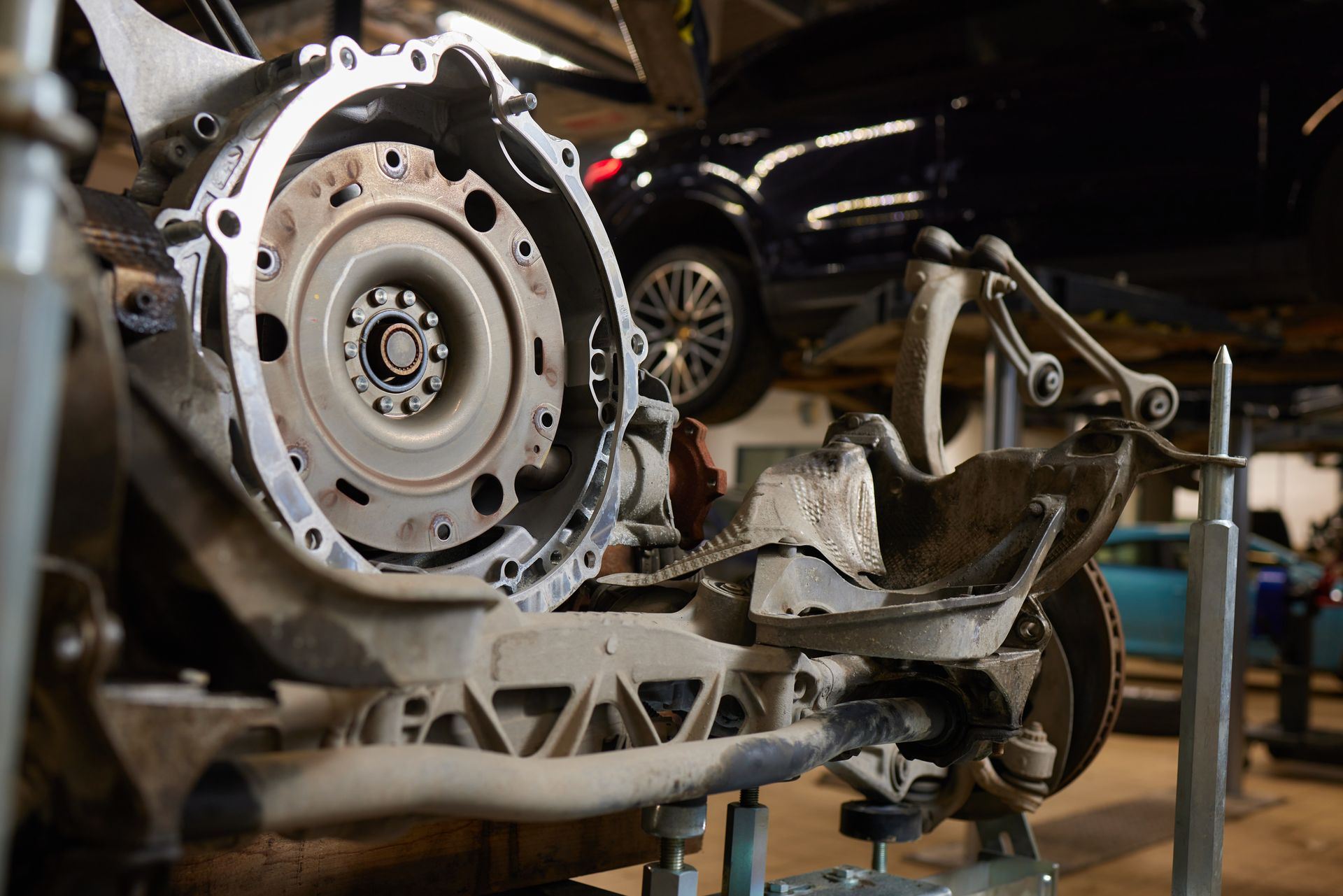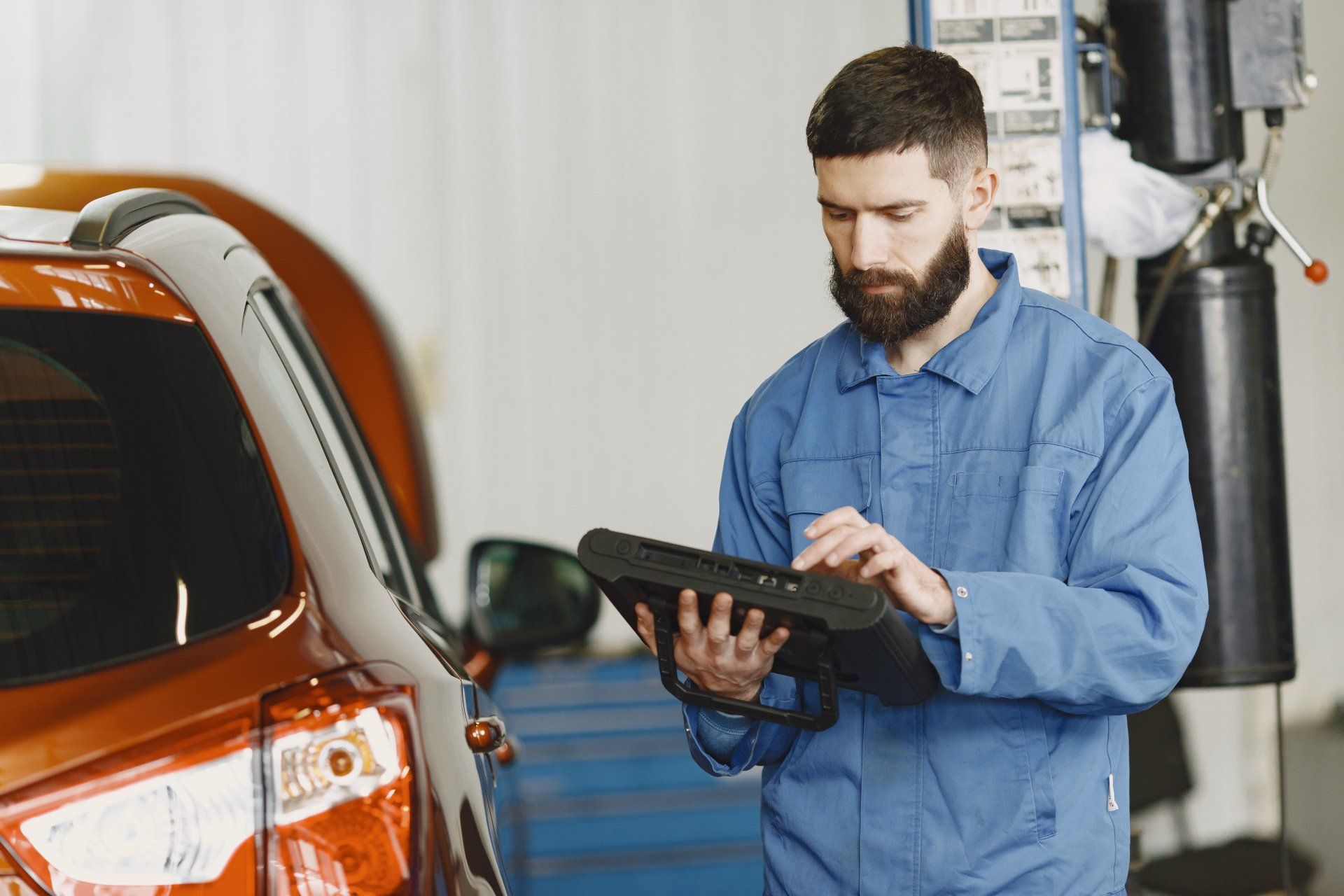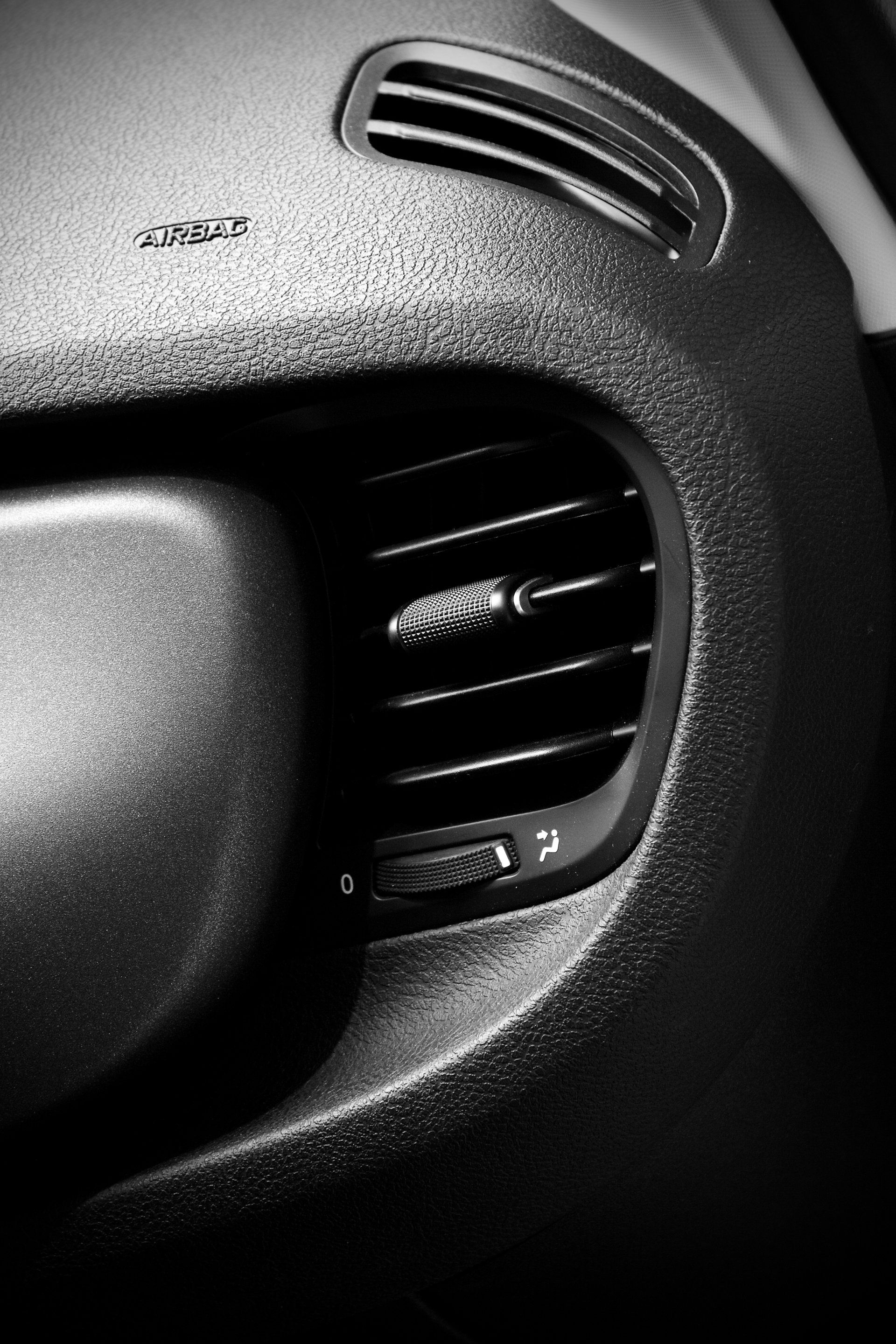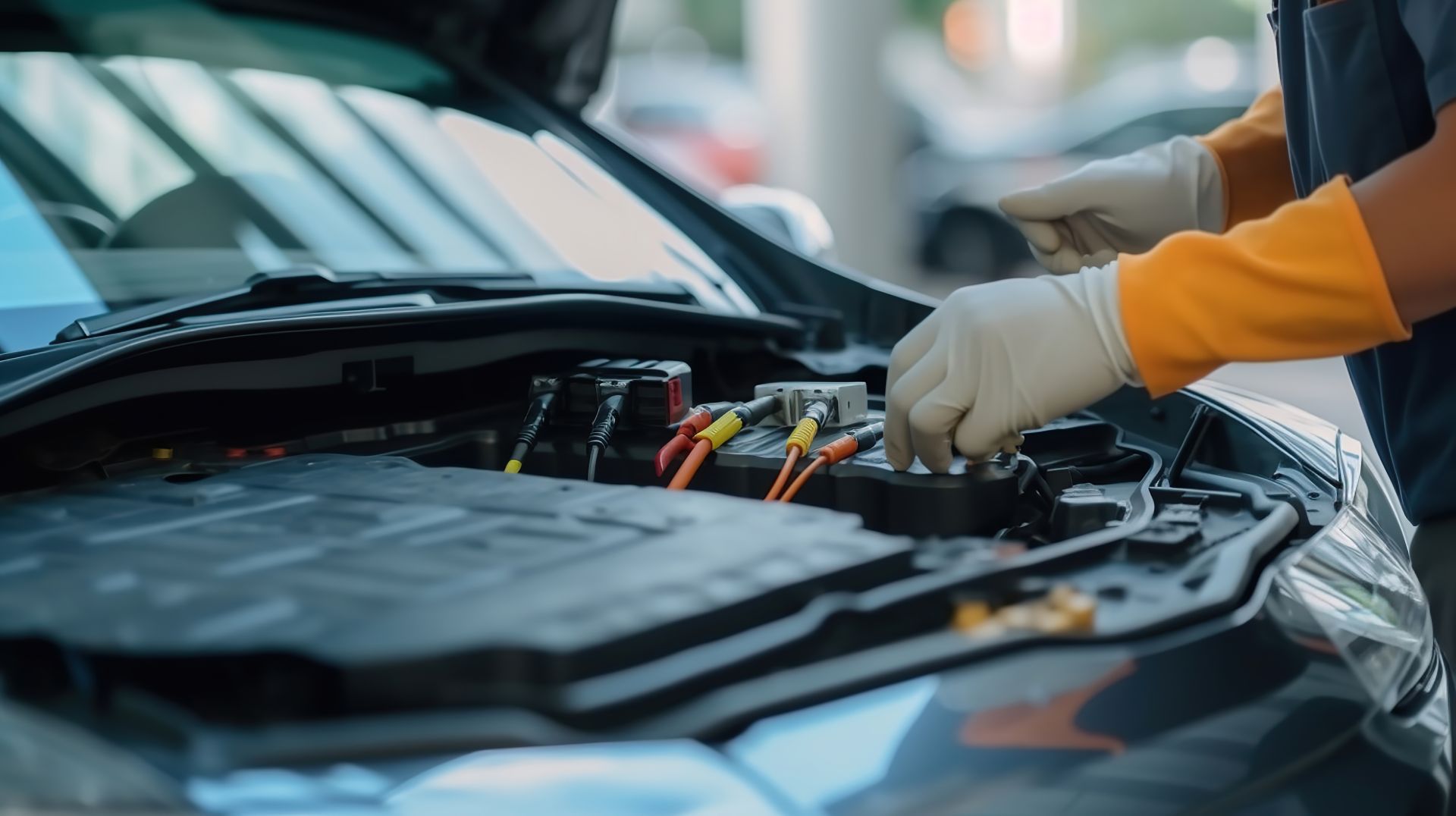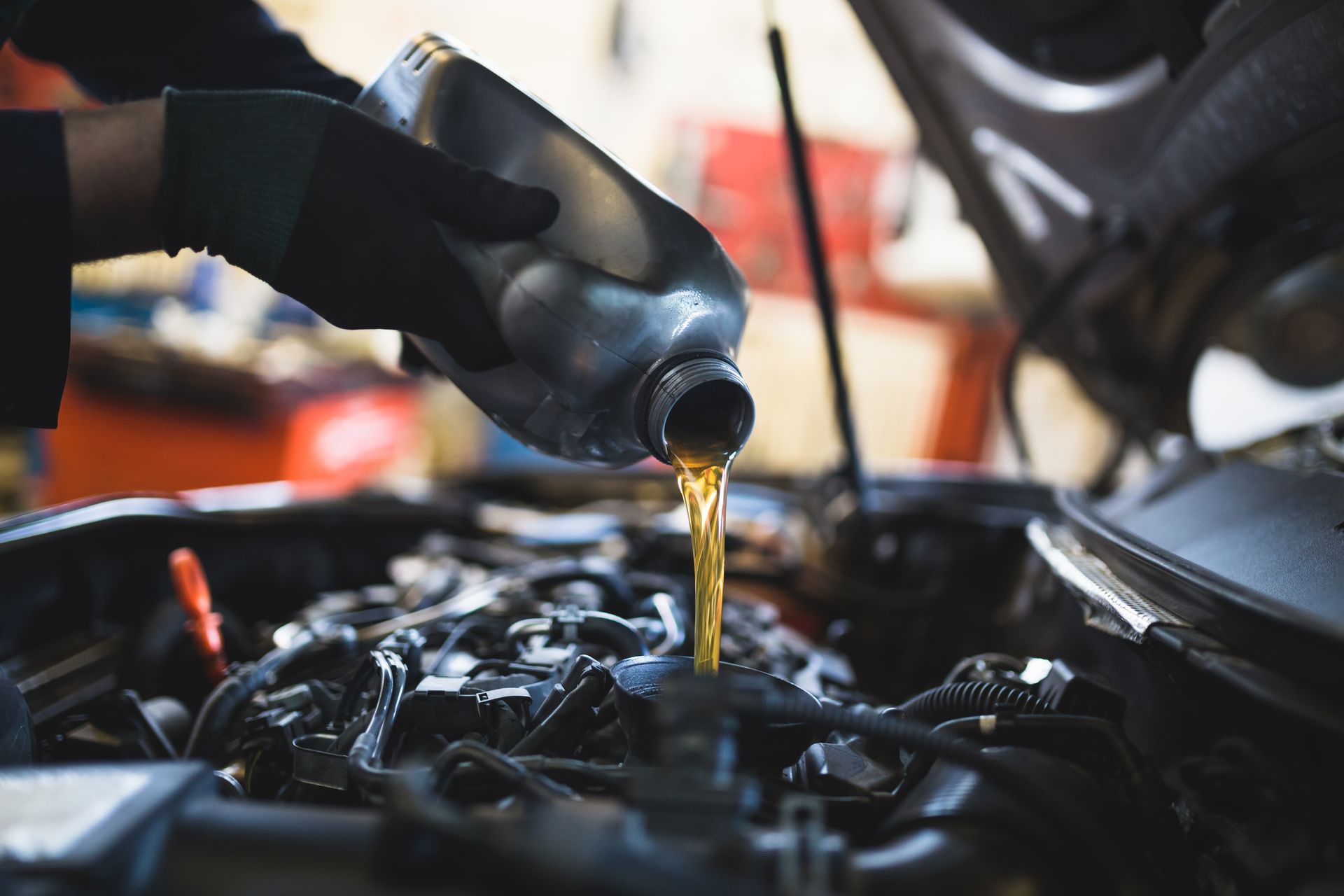How To Save At The Pump
The pinch or should I write the pain at the pump is hitting everyone. Here are some thought on lessoning that pain. Improving fuel economy will not only save you money, it benefits the environment by releasing fewer emissions into the air and reduces our countries dependence on oil imports. Reducing the amount of driving we do—by carpooling, using public transportation, and combining trips—has the greatest effect on how much gas we use.
That said, there are many ways to improve fuel economy when we do drive. These primarily involve driving more efficiently and making sure our cars are properly maintained. Under certain circumstances involving moving, you can even get tax breaks.
Drive More Efficiently
Driving habits have significant impact on fuel efficiency.
1. Go Easy on the Pedal
Speeding, braking, and rapid acceleration waste gas. Depending on the type of vehicle, poor driving habits can reduce fuel economy between 15% and 30%. Based on the current national average of $4.41 per gallon (for regular gasoline), driving sensibly, and not like a race car driver, can lead to an equivalent gas savings of between 50 cents and $1.30 per gallon.1
2. Slow Down
Gas mileage efficiency decrease above 50 miles per hour. According to fueleconomy.gov, every five miles per hour that exceed 50 mph, drivers pay an equivalent of about 32 cents more for each gallon of gas. While each vehicle has its own optimal speed for fuel efficiency, speeding can result in 7% to 14% reduced fuel economy. Driving at slower speeds can save 52 to 93 cents per gallon.1
3. Leave Extras at Home
An additional 100 pounds in your car can reduce gas mileage by up to 1%. The reduction is relative to the vehicle's weight: Smaller vehicles are more affected by increased weight than larger ones. For every 100 pounds in extra weight, plan on spending up to 5 cents more per gallon.1
4. Use Cruise Control (When Appropriate)
According to Edmunds.com, using cruise control under appropriate conditions (avoiding use during especially hilly terrain) can improve fuel economy by up to 14%. That's a savings of about 53 cents per gallon.1
5. Turn off the Car
Idling gets zero miles per gallon and collectively consumes several billion gallons of fuel per year, according to the U.S. Department of Energy. The California Energy Commission (CEC) advises that vehicles should be turned off if the expected wait will be longer than 10 seconds, since an idling vehicle can burn as much as one gallon of gas each hour.
Turning the car off can save about 5 cents per minute.1
6. Check Tire Pressure
A little bit of vehicle maintenance can go a long way in improving gas mileage. According to the U.S. Department of Energy, 1.25 billion gallons of gasoline—approximately 1% of total consumption - are wasted each year on underinflated tires. Tires can lose about 2 pounds per square inch (psi) per month. Each tire that is underinflated by 10 psi reduces fuel economy by about 3.3%. Four tires that are underinflated by 10 psi, then, would reduce a vehicle's fuel economy by a substantial 10%, at an added cost of 51 cents per gallon.1
Follow the guidelines in your vehicle's owner's manual (these recommendations also appear on a sticker inside the driver's side door jamb)—and not what is stamped onto the tire itself.
7. Replace Spark Plugs
The National Institute for Automotive Service Excellence indicates that bad spark plugs can decrease fuel economy by up to 30%, and can cost drivers up to about $1.05 s per gallon at today's prices.1 If a car's gas mileage suddenly drops, there's a good chance it's because of misfiring spark plugs.
8. Check the Alignment
Misaligned tires drag instead of roll freely. Improper alignment can reduce fuel efficiency by as much as 10%—about 51 cents per gallon. In addition, the tires can wear out more quickly.1
Tires that are out of balance (symptom: vibration in the steering wheel) can cause uneven tire wear, which can result in lower gas mileage. Tires should be balanced and rotated according to the vehicle's owner's manual to improve tire performance and fuel economy.
9. Fill Your Tank Early in the Morning—or Late at Night
Fuel is dispensed by volume. If you fill your tank when it is coolest outside—early in the morning or late at night, and avoid the heat of the day—the fuel will be denser. As a result, you will get more gas for the same amount of money.
The Bottom Line
Reducing the amount of driving we do, whether it's by carpooling or foregoing an unnecessary trip, is perhaps the most effective way to decrease the amount of gas that each person uses and make fill-ups at the gas station last longer. Proactive steps can be taken to improve fuel efficiency by paying attention to and changing gas-guzzling driving habits, and following a vehicle's maintenance schedule. Improved gas mileage is good for you, good for your car, and good for the environment.



